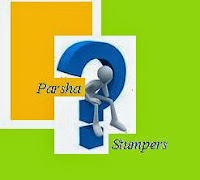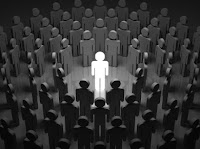Parshas Devarim - Get Out of the Back Seat

~ Thoughts on the Parsha ~ Parshas Devarim Get Out of the Back Seat By: Daniel Listhaus “ These are the words that Moshe spoke to all of [the B'nei] Yisroel, across the Yardein, in the wilderness, in the Plain, opposite [the Sea of] Reeds, between Paran and Tophel and Lavan, and Chatzeiros and Di-Zahav.” -Devarim 1:1 The Ramban 1 describes that the final sefer of the Torah serves three main purposes. One theme of Sefer Devarim is to repeat many of the mitzvos already commanded earlier in the Torah. For this reason, Sefer Devarim is often referred to as Mishna Torah , meaning “repetition of the Torah”. Another function of Sefer Devarim is to introduce some mitzvos which, although taught already on Har Sinai , were not yet written in the actual sefer Torah. Some of these mitzvos include hilchos yibum (laws of levirate marriage), motzei s hem ra (evil talk 2 ) , geirushin (divorce) , and eidim zomimin 3 . The third facet of Sefer Devarim is to docum




